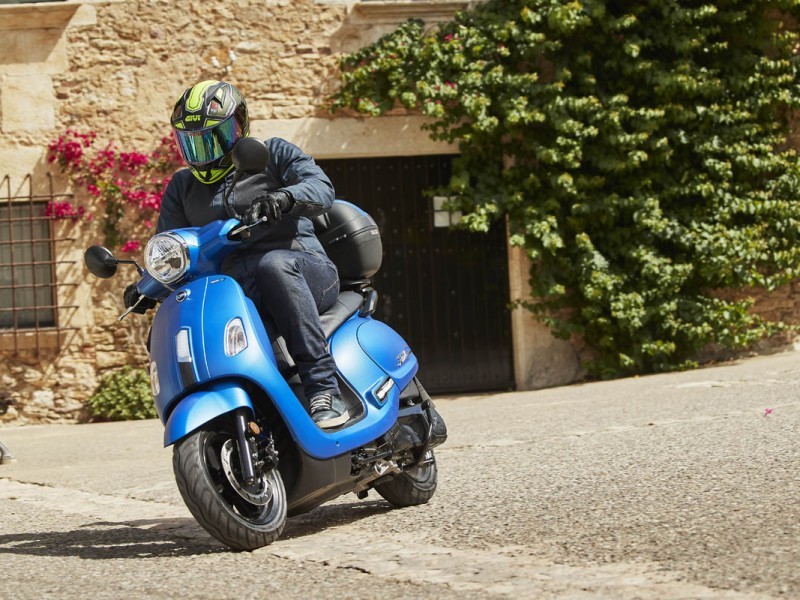There are several things to consider when you are buying a scooter. One of the big ones is the engine size and its power supply.
The engines power supply is important as the size of engine needed will change if you are a bigger person, smaller person, live in a hilly area, want to pillion a passenger, or need to travel at highway speeds.
Even though you are not allowed to pillion a passenger on your L plates, you may want to consider a bigger engine if you intend on pillioning in the future when your license allows.
So what engine size will suit you? Here are three examples to consider.
Jane is a 65kg woman who is new to scooters. She is looking to ride to work on weekdays and locally on weekends. She is unlikely to pillion in the future, but if she does it will only be locally, not on the expressway. Janes budget is modest, and she is basically looking for inexpensive, reliable, low emission transport.
Janes example would see her land in the 125-200cc category. A good example of an entry level 125cc scooter is the Kymco Like 125 or SYM Classic 125. Both can do 90 kmph, and are light and easy to ride.
Jane may extend herself to the 200 class if she would like 110 kmph top speed, more torque and a little more rider comfort.
It is worth noting that as we go up in engine size we also typically go up in torque. Put simply, torque is the measure of how quickly the scooter can accelerate or increase speed while under load (think pillioning, or going up hills).
Greater torque is also good thing if you are a bigger rider as the engine has to propel greater mass.
Example 2 is Ed. Now Ed’s a bigger guy at around 105 kgs and he is buying a scooter with the intention of pillioning his wife in the future. Ed also lives in a hilly part of Sydney and will need extra power and torque to do the job.
With this in mind Ed might want consider 200cc as his minimum engine size, and might end up buying a 300cc class scooter or greater. Scooters like the Sym Symphony 200i or Vespa GTS 300 are good examples of this category.
The 300cc scooters can generally get up to 130kmph, but it’s not the top speed that Eds after as he is only riding locally. It’s the extra torque a 300cc scooter gives him to help him and his wife pillion up the steeper hills in his area that Ed is after.
Our last example is Jeremy. Now Jeremys looking to use his scooter around town on weekdays, but then pack up for some exploring in the country on weekends. Jeremy’s luggage loaded scooter will require speed and torque as he will be out on 100kmph country roads, and the 110 kmph expressway.
Jeremy, would consider a 300cc as his minimum engine size, but might even go up to 400cc or greater.
As a bonus, the bigger scooters like the Kymco DTX 360 and Piaggio Beverly 400 for example, typically have more rider comforts, like broader saddles with lumbar support, for riders who like to explore and do some distance.
Of course the easiest way to decide on a good engine size is to simply have a chat with our staff here at Scooter Central. Our team can help you compare engine sizes, body sizes and cost categories to get you on the best scooter for your needs.
Give us a call on 02 9938 5858. You’ll find we love to talk about scooters.

